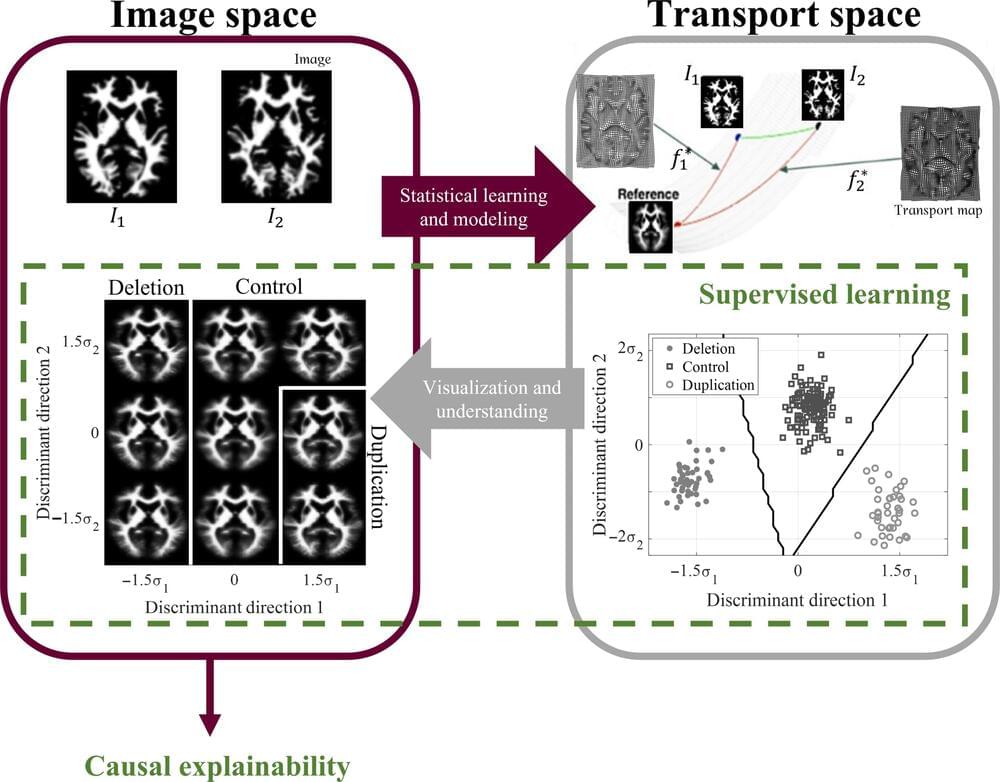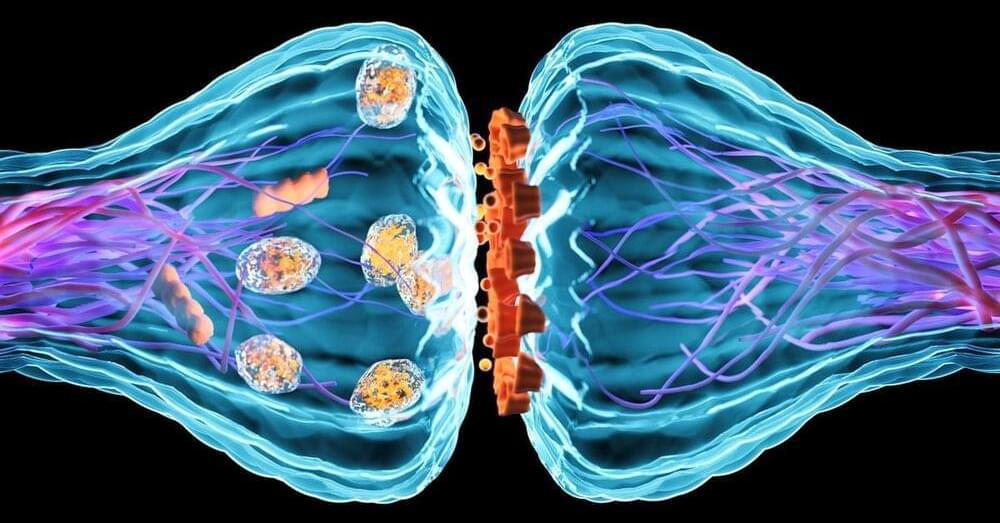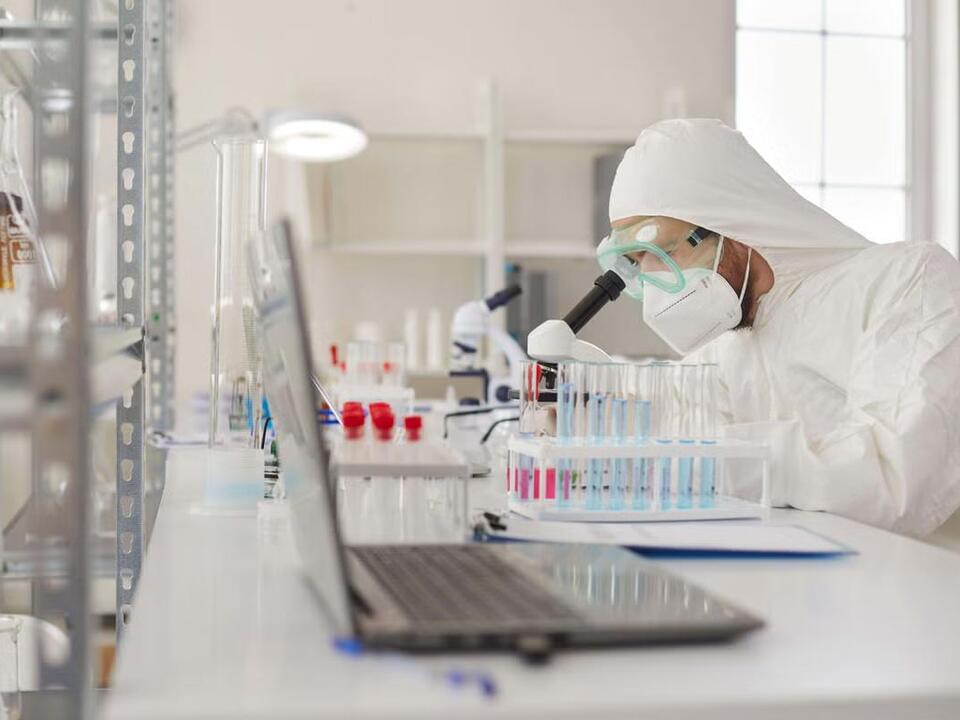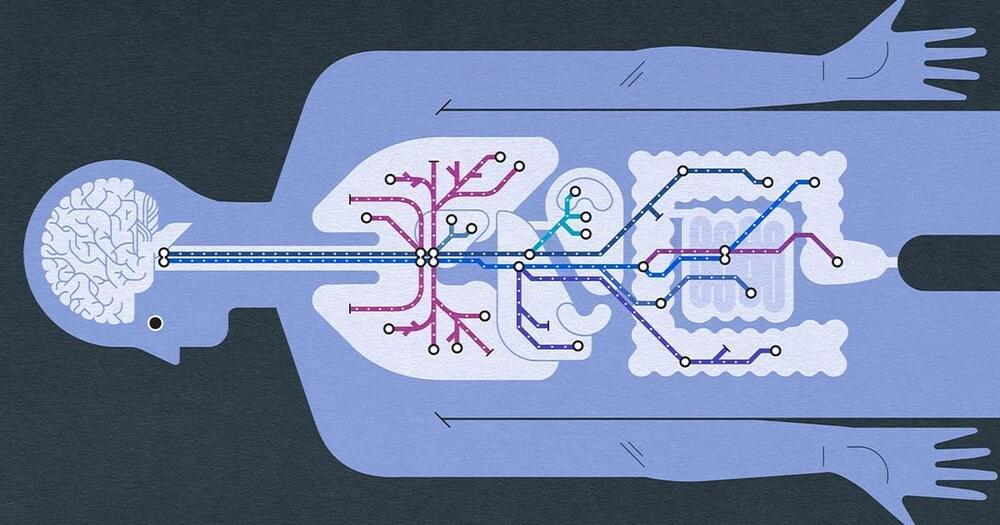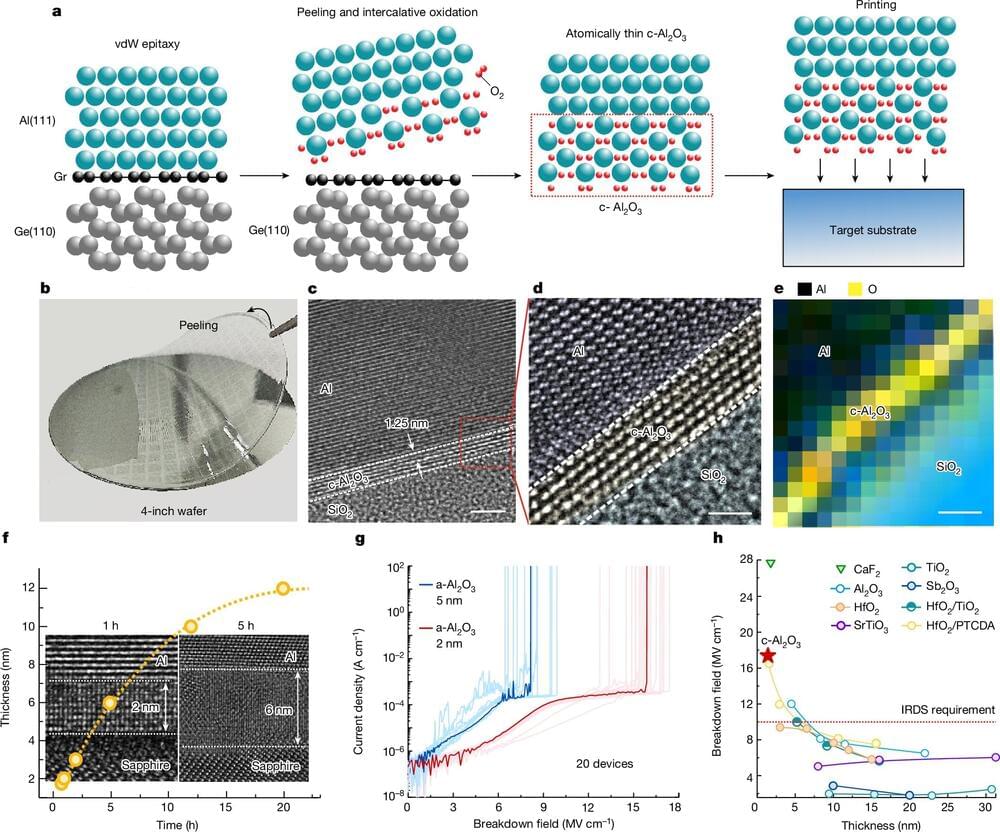The summer holidays are ending, which for many concludes with a long drive home and reliance on GPS devices to get safely home. But every now and then, GPS devices can suggest strange directions or get briefly confused about your location. But until now, no one knew for sure when the satellites were in a good enough position for the GPS system to give reliable direction.
In February, four computer scientists set out to develop an algorithm for simulating quantum systems.
While devising a new quantum algorithm, four researchers accidentally established a hard limit on the “spooky” phenomenon.
A multi-university research team co-led by University of Virginia engineering professor Gustavo K. Rohde has developed a system that can spot genetic markers of autism in brain images with 89 to 95% accuracy.
Their findings suggest that doctors may one day see, classify and treat autism and related neurological conditions with this method, without having to rely on or wait for behavioral cues. And that means this truly personalized medicine could result in earlier interventions.
“Autism is traditionally diagnosed behaviorally but has a strong genetic basis. A genetics-first approach could transform understanding and treatment of autism,” the researchers wrote in a paper published in the journal Science Advances.
The tin-vacancy center in diamond has properties that could be useful for quantum networks.
In a new study, researchers show how this defect’s electron spin can be controlled — and coherence prolonged — using a superconducting microwave waveguide.
Even the most pristine diamonds can host defects arising from missing atoms (vacancies) or naturally occurring impurities. These defects possess atomlike properties such as charge and spin, which can be accessed optically or magnetically. Over the past few decades, researchers have studied various defects to understand and harness these properties. One in particular—the tin-vacancy center, in which a tin atom resides on an interstitial site with two neighboring vacancies—exhibits exceptionally useful optical and spin properties, making it highly relevant in the field of quantum communication. Here, we explore how the spin properties behave under different magnetic field directions.
We demonstrate that manipulating electron spins is more straightforward in strained diamonds, as the electron spin is more responsive to an alternating magnetic field. We use superconductors known for generating no heat when a current flows through them, ensuring that we do not negatively affect the spin properties.
Through our simple fabrication steps, we illustrate how the properties of the tin-vacancy center can be fully utilized to advance the field of quantum computing and communication.
A long-running research endeavor reveals key chemical players that cement memories in place—and still more have yet to be discovered.
By Simon Makin
The persistence of memory is crucial to our sense of identity, and without it, there would be no learning, for us or any other animal. It’s little wonder, then, that some researchers have called how the brain stores memories the most fundamental question in neuroscience.
In his new book, to be published in September, neuroscientist Francisco Aboitiz links consciousness back to the earliest days of biological life.
Scientists are working on a “breakthrough” cancer vaccine after discovering how the body’s immune system targets cells devastated by the disease.
A study led by researchers from the University of Southampton found the body’s natural “killer” cells – from the immune system which protects against disease and infections – instinctively recognise and attack a protein that drives cancer growth.
The scientists believe that by using this protein – known as XPO1 – they may be able to activate more killer cells to destroy the disease, paving the way for new and less invasive forms of cancer treatment.
Like a highway system, the vagus nerve branches profusely from your brain through your organs to marshal bodily functions, including aspects of mind such as mood, pleasure and fear.
A team of electrical and computer engineers at Shanghai Institute of Microsystem and Information Technology, Chinese Academy of Sciences, working with one colleague from City University of Hong Kong and another with Fudan University, has developed a new two-dimensional, low-power-consumption field-effect transistor (FET) that could allow smartphones to need recharging less often.
In their paper published in the journal Nature, the group describes how they overcame problems with high gate leakage and low dielectric strength that have stymied other researchers looking to create smaller and thinner computer chips. Two of the team members (Ziao Tian and Zengfeng Di) have published a Research Briefing, summarizing their work in the same journal issue.
Over the past several years, computer engineers have been searching for new materials that will allow further miniaturization of silicon field-effect transistors. This will enable the addition of more features in phones and other devices without making them bigger. It is also a necessity for the development of 5G devices that will come with AI applications that are still in development.
This new technology will give doctors a closer look. Introducing Pillbot: a tiny disposable robot that you swallow to let doctors see inside your body. In a live demo on the TED Talk stage, creators Alex Luekbe and Vivek Kumbhari show how this pill-sized device navigates the inside of your stomach with a camera, giving a direct view of the entire organ — without the discomfort of invasive procedures — paving the way for further exploration of the human body. “Inside each and every one of us holds mysteries and wonders that if unlocked, lead to better health, performance and longevity,” says Luebke. Visit the link in bio to watch the full talk.’


